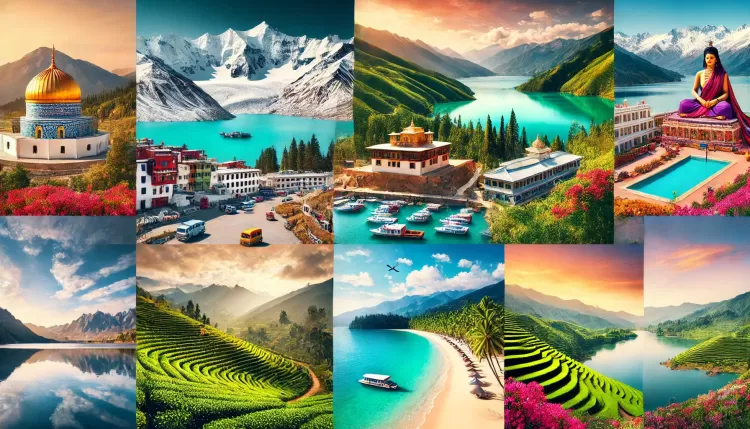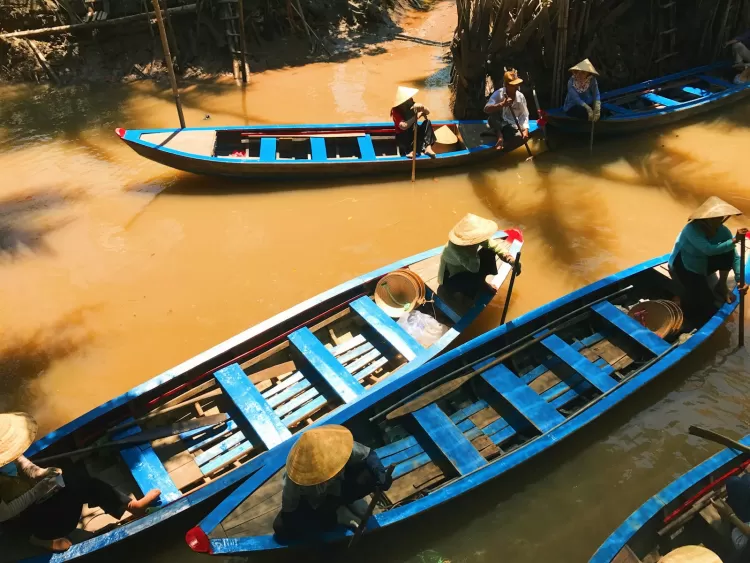How the world’s chocolate habit has taken a massive toll on the cocoa-growing forests of West Africa
The land area devoted to cocoa is enormous – at seven million hectares of plantations – across the world’s major producing countries: Ghana and the Ivory Coast.


Chocolate sales have boomed in recent months. As the cost-of-living crisis bites, consumers are increasingly reaching for chocolate as a simple and affordable pleasure.
The most important ingredient in chocolate is cocoa beans, which come from plants grown in the tropics. About 70% of the world’s cocoa comes from West Africa. The countries of Côte d’Ivoire (Ivory Coast) and Ghana are two of the biggest producers.
Meeting the world’s insatiable appetite for chocolate has wrought a huge environmental cost, as the incredibly rich and diverse rainforests of West Africa are razed to make way for cocoa farms.
Research by my colleagues and me, released on May 22, sheds new light on the problem. By generating a new high-resolution map of cocoa growing areas in Ghana and Côte d’Ivoire, we found the area under cocoa production is truly enormous – and may be associated with up to 37% of forest loss in protected areas.
Price of cocoa farming
The Upper Guinean forests of West Africa have been classified as a “global biodiversity hotspot”, due to their exceptional concentrations of plant and animal species found nowhere else on Earth. But much of this forest has now been destroyed.
Since 1950, Côte d’Ivoire has lost up to 90% of its forest cover and Ghana has lost...



































![Safari Thorium Neo 8-Wheel Luggage Set Trolley Bags (Set of 3) at just Rs. 5,599 [MRP 29,100]](https://savefree.in/uploads/images/202409/image_870x580_66f63845060f0.webp?#)












![Handmade Brown Mango Wood Chopping Board At just Rs. 89 [MRP 599]](http://savefree.in/uploads/images/202303/image_870x580_641bf7e9c2206.jpg?#)


